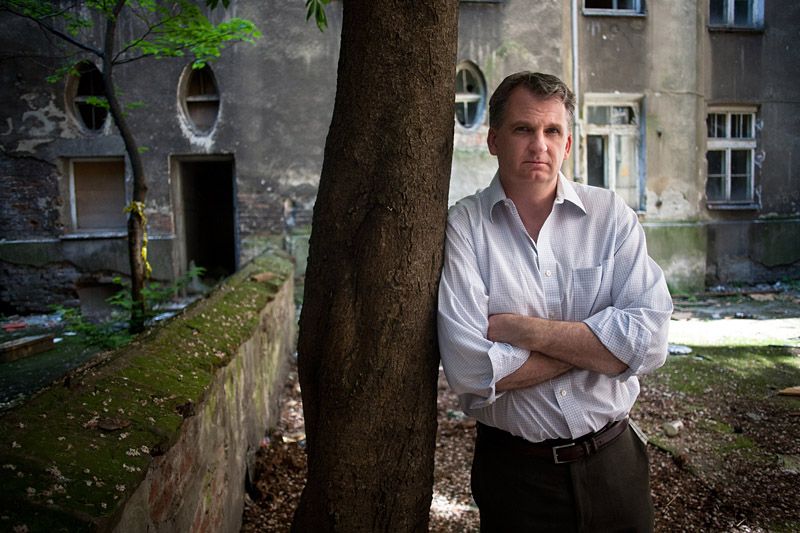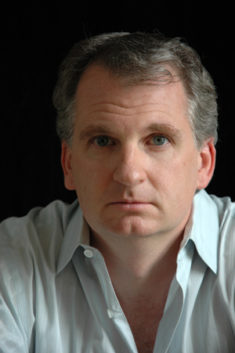


Typically, access is provided across an institutional network to a range of IP addresses.

If you are a member of an institution with an active account, you may be able to access content in one of the following ways: Get help with access Institutional accessĪccess to content on Oxford Academic is often provided through institutional subscriptions and purchases. Wilhelm, now presenting himself also as Vasyl Vyshyvanyi, wrote to his mentor Sheptitskii: “for me as a Ukrainian, and I do feel myself as a Ukrainian, one of the most beautiful days of my life” (p. The Habsburg monarchy, in a secret protocol, promised to create a Ukrainian crownland in Eastern Galicia and Bukovina. In the chaotic situation following the Russian Revolution, it seemed that such an outcome might indeed come to pass: the so-called “Bread Peace” signed in February 1918 between Ukrainian negotiators on one side and Habsburg and German diplomats on the other recognized a Ukrainian state on the lands formerly controlled by the Russian Empire. Commanding Ukrainian troops during World War I, Wilhelm came under the influence of Andrei Sheptitskii, the Metropolitan of the Ukrainian Greek Catholic Church, who advocated the creation of a Ukrainian political entity led by a member of the Habsburg family. Although his father, Archduke Stefan, had dreamed of a resurrected Polish crown linked through him and his children to the Habsburg monarchy, Wilhelm was attracted from his teen years to the tales and political aspirations of Ukrainians living in Habsburg Galicia. The spine that holds the book together is the story of Archduke Wilhelm von Habsburg (1895–1948), an aspirant-and occasional conspirator-for a nonexistent Ukrainian throne, whose colorful life ended in a dank Soviet prison in Kiev. Thus, although the book contains parts with great insight, especially regarding the fluidity and complexity of national identifications, it ultimately opts for a sentimental tone that masks its scholarly contributions.

However, the stylistic skill and metaphorical richness that make the book so legible come often at the expense of analytical precision. It is also a highly ambitious book: Snyder attempts to weave together a biography of a largely forgotten Habsburg archduke with the story of East Central Europe in the past century and the emergence of Ukraine as an independent nation. Few academics manage to produce such engaging narratives. Timothy Snyder's book is a very good read: it is fast-paced, clearly written, and with enough dramatic episodes to entice readers to keep on going.


 0 kommentar(er)
0 kommentar(er)
